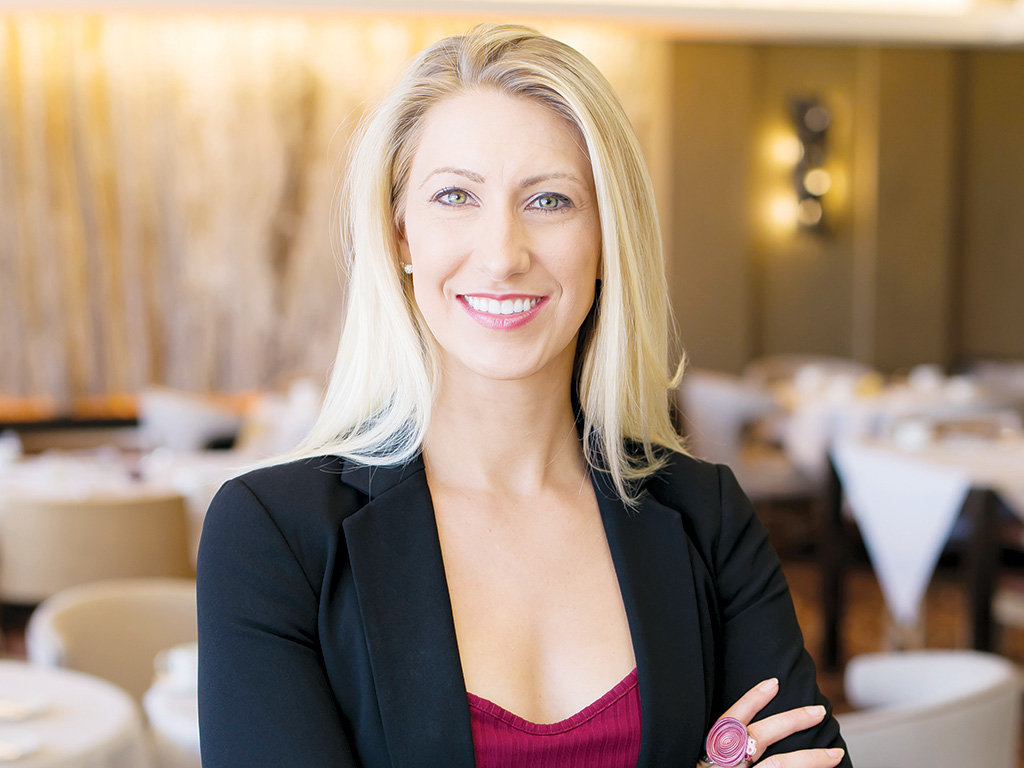From impactful travel and slow holidays to epiphany travel, here are the key trends to appease the constantly evolving muse of luxury travel

The luxury travel sector is undergoing a change as the travel industry gets more creative and open-minded, with a plethora of niche offerings driven by consumer demand. These deep-pocketed travellers are increasingly seeking unique experiential travel itineraries that also feature leaving a positive impact on the destination. And as much as the demand for travel is showing no signs of slowing down, slow travel is going to be one of the key trends for this year, TTN learns in an interview with Christy Kuplic, Managing Director of Private Luxury Events, on the sidelines of the recently concluded Private Luxury Dubai.
“I’d say the big thing I’m seeing is that travel advisors and exhibitors alike are embracing niches to a different level,” she explains. “So, as much as the big hotel operators have loyalty programmes to keep you glued, you’re going be loyal to a sub-brand and not the umbrella brand.
“Interestingly, I’m seeing exact same thing on the travel advisor side, where they’re enthusiastically branching into their client’s niches such as adventure and expedition travel. What’s interesting about this is, it’s kind of shifted from sustainable travel to impact travel, where people want to get involved in a place, and they make a real difference.”
Demand for unique, experiential travel is also on the rise. “People want something that no one else has experienced. Travel advisors are really trying to come up with different things that make trips meaningful, unique and out of the box.”
It is, she stresses, no longer that you can sell a property, you must sell the destination.
Older generations have loyalty, but the younger generation is all about the deal. They want to try out new things and won’t return to a place even though it’s great - they want to explore
– Christy Kuplic
Another trend that’s doing the rounds is intergenerational travel. “We’re hearing more and more of three generations going together on holiday. And you have to cater for every single one of those age groups.”
“Older generations have loyalty, but the younger generation is all about the deal. They want to try out new things and won’t return to a place even though it’s great - they want to explore,” she adds.
Kuplic says there’s a new travel trend called slow travel that’s on the rise and expected to gain momentum this year. “Slow travel isn’t just about the journey getting there, but it is creating experiences in order to get to that destination,” she explains. We expect train travel to rise high on the agenda, right alongside ocean cruises a well as smaller, more boutique river cruises rising in popularity.
The recently concluded Private Luxury Dubai event brought together 120 exhibitors and 130 buyers - in all, there was €325 million in collective private travel designer annual buying power, say the organisers.
Kuplic says, “The idea behind Private Luxury was small intimate shows. What we wanted to do was create shows around specific buyer markets, and create a number of networking opportunities for these buyers and suppliers.
“It is really a community. That’s something that we are constantly wanting to create.”
Private Luxury Events has three key brands: Private Luxury, Amour and TFest.
Amour, created in 2017, is about romance travel and celebratory travel. Kuplic explains: “We realised that our format was quite successful. In 2017, we launched a brand new show called Amour, which is about romance travel, where celebratory travel destination wedding planners, honeymoon specialists, meet with enchanting properties and destinations from around the world. And we’ve hosted that in Bangkok, Maui, Venice, Monte Carlo – it’s just a must-attend for romance travel buyers.”
When it comes to TFest, which is a luxury travel festival trade show first launched in Dubai right before the pandemic in February 2020, she says, one angle the company must look at is the wellness element.
“Brands still aren’t sure how to navigate wellness.” People are looking for epiphany travel, something that helps them gain a sense of perspective and greater understanding of the world around them. “This is really big – something that our travel advisors keep talking about. Hoteliers are a little bit slow to understand what that is. They are very used to going, ‘here’s our suites and our spa’. Now we’re seeing GMs really embrace the holistic travel in a completely different way,” she says.
At the latest Private Luxury event in Dubai, the biggest group of buyers was (50 per cent) from Asia Pacific, the Middle East came second with 25 per cent and Europe and America had 17 per cent and 8 per cent respectively.
“We know the Middle East market is going to go from strength to strength, so we’re planning to really have a stronghold in the UAE over the next couple of years,” Kuplic says.